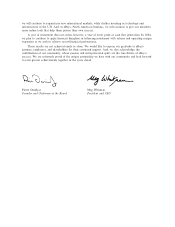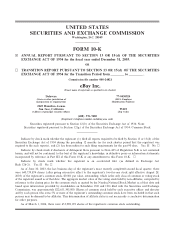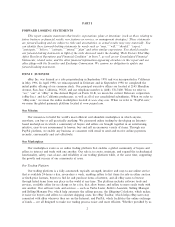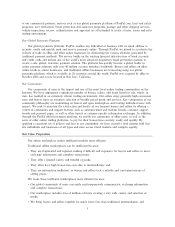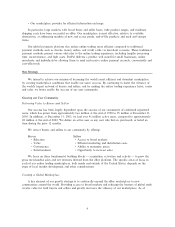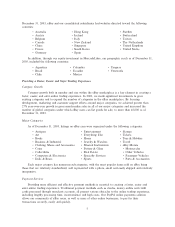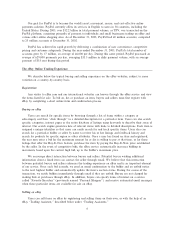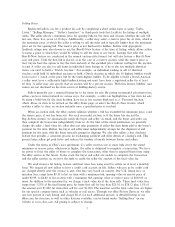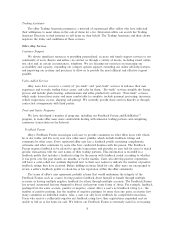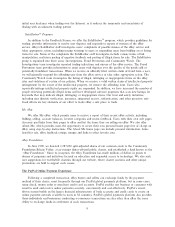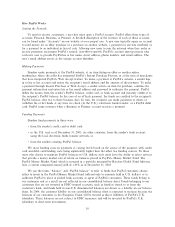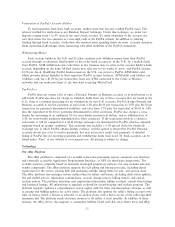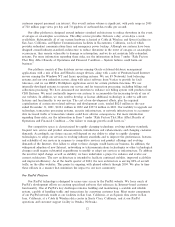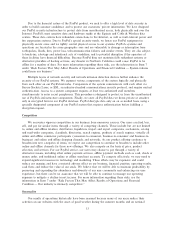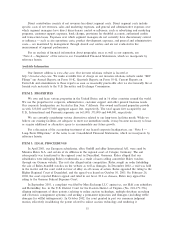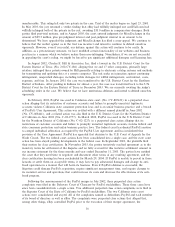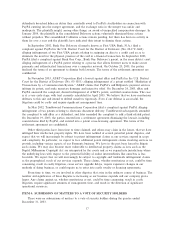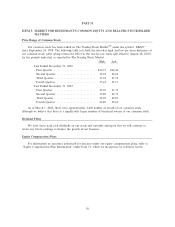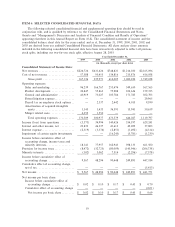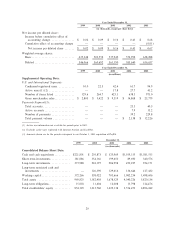eBay 2003 Annual Report Download - page 12
Download and view the complete annual report
Please find page 12 of the 2003 eBay annual report below. You can navigate through the pages in the report by either clicking on the pages listed below, or by using the keyword search tool below to find specific information within the annual report.How PayPal Works
Joining the Network
To send or receive a payment, a user Ñrst must open a PayPal account. PayPal oÅers three types of
accounts: Personal, Business, or Premier. A detailed description of the features of each of these accounts
can be found under ""Accounts'' on our website at www.paypal.com. A new user typically opens an account
to send money for an eBay purchase or a purchase on another website, a payment for services rendered, or
for a payment to an individual in lieu of cash. Allowing new users to join the network when they make or
receive payments encourages PayPal's natural, user-driven growth. PayPal's account sign-up process asks
each new user to provide PayPal his or her name, street address, phone number, and email address. The
user's email address serves as the unique account identiÑer.
Making Payments
Senders make payments at the PayPal website, at an item listing on eBay or another online
marketplace where the seller has integrated PayPal's Instant Purchase Feature, or at the sites of merchants
that have integrated PayPal's Web Accept feature. To make a payment at PayPal's website, a sender logs
in to his or her account and enters the recipient's email address and the amount of the payment. To make
a payment through Instant Purchase or Web Accept, a sender selects an item for purchase, conÑrms the
payment information and enters his or her email address and password to authorize the payment. PayPal
debits the money from the sender's PayPal balance, credit card, or bank account and instantly credits it to
the recipient's PayPal balance. In the case of an eCheck payment, the funds are credited to the recipient's
PayPal balance after two to three business days. In turn, the recipient can make payments to others or
withdraw his or her funds at any time via check (in the U.S.), electronic funds transfer, or a PayPal debit
card. PayPal earns revenues when a Business or Premier account receives a payment.
Funding Payments
Senders fund payments in three ways:
‚ from the sender's credit card or debit card;
‚ in the U.S. and, as of December 31, 2003, six other countries, from the sender's bank account,
using the local electronic funds transfer network; or
‚ from the sender's existing PayPal balance.
We incur funding costs on payments at varying levels based on the source of the payment, with credit
card and debit card funding costs being signiÑcantly higher than the other two funding sources. To those
users who choose to maintain PayPal balances in U.S. dollars, such users have the ability to select services
that provide a money market rate of return on balances placed in PayPal's Money Market Fund. The
PayPal Money Market Fund, which is invested in a portfolio managed by Barclays Global Fund Advisors,
bore a current compound annual yield of 1.01% as of December 31, 2003.
We use the terms ""balance'' and ""PayPal balance'' to refer to funds that PayPal customers choose
either to invest in the PayPal Money Market Fund (oÅered only to amounts held in U.S. dollars) or to
authorize PayPal to place in pooled bank accounts as agent of PayPal's customers. These funds belong to
our customers and as a result are not reÖected in our consolidated balance sheet. Funds belonging to our
customers that are not invested in FDIC-insured accounts, such as funds in transit to or from the
customer's bank, and funds held in non-U.S. denominated balances are shown as a liability on our balance
sheet. In 2004, the customer liability on our consolidated balance sheet is expected to increase because the
balances of our customers in the European Union will be treated as direct liabilities of PayPal's U.K.
subsidiary. These balances are not subject to FDIC insurance and will be invested by PayPal's U.K.
subsidiary in short-term investments.
10


